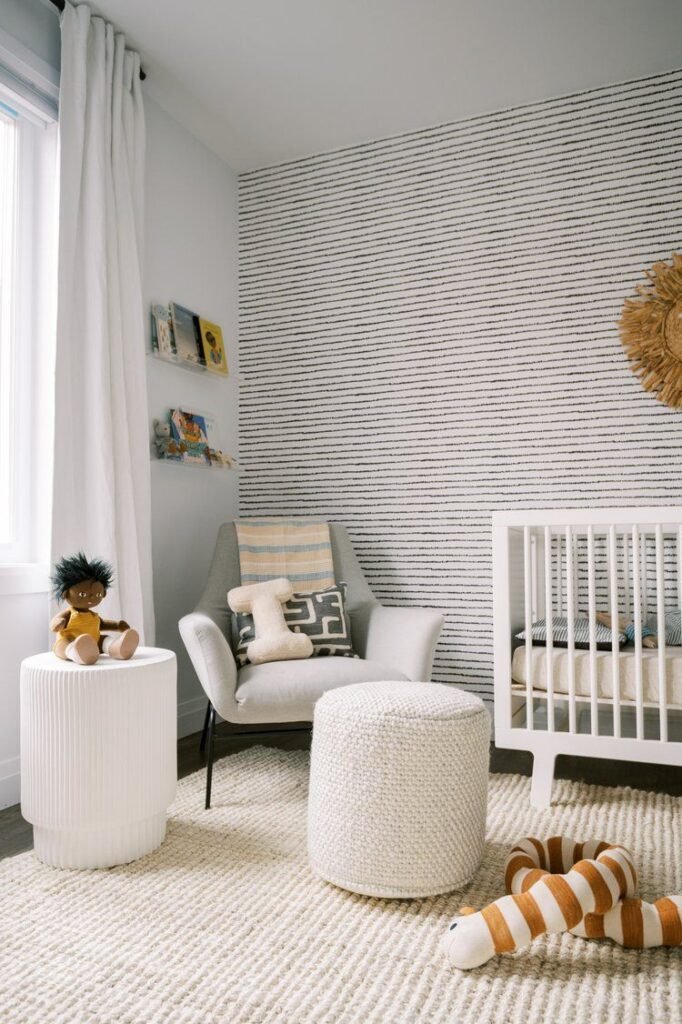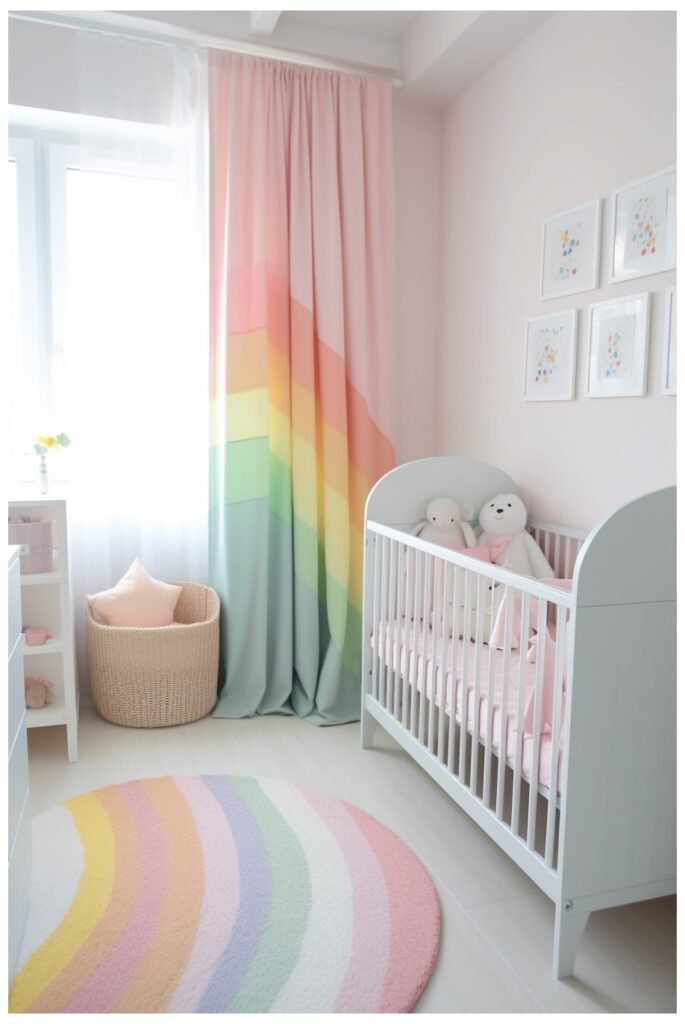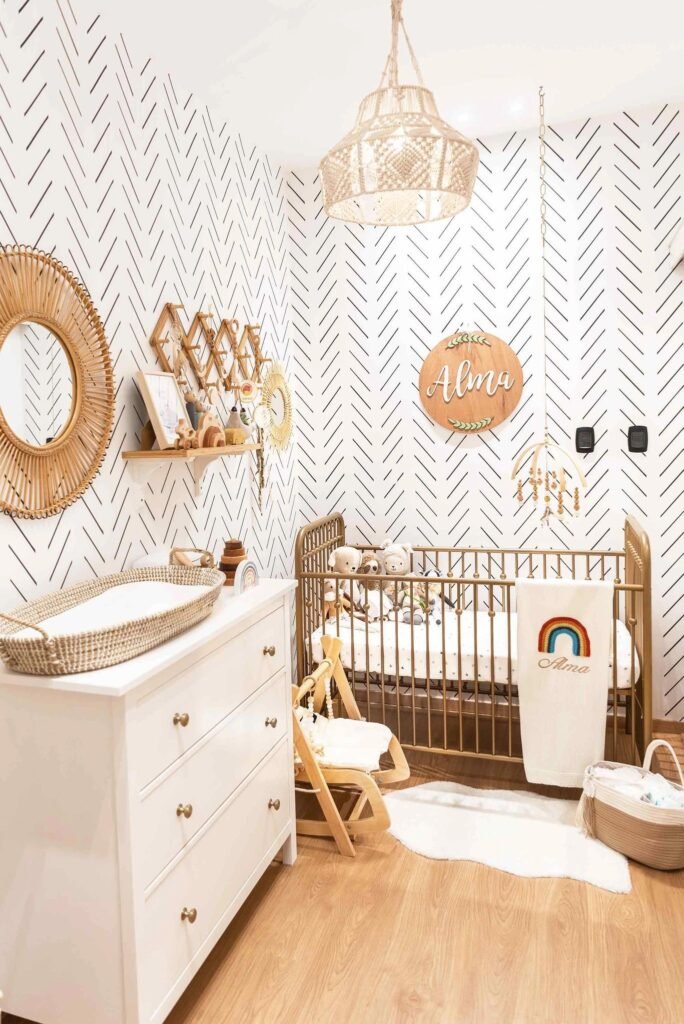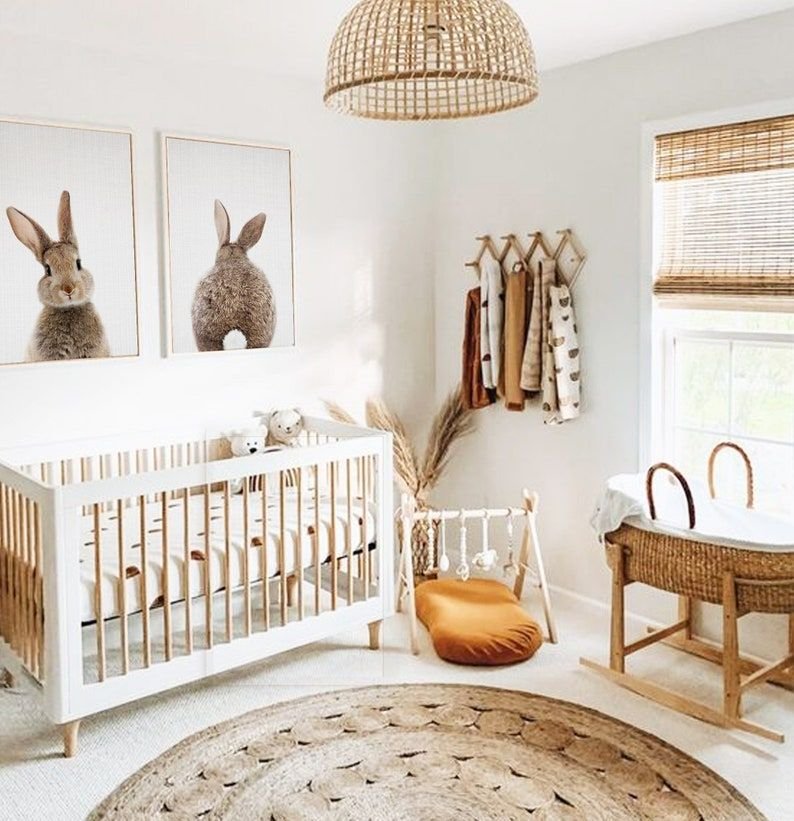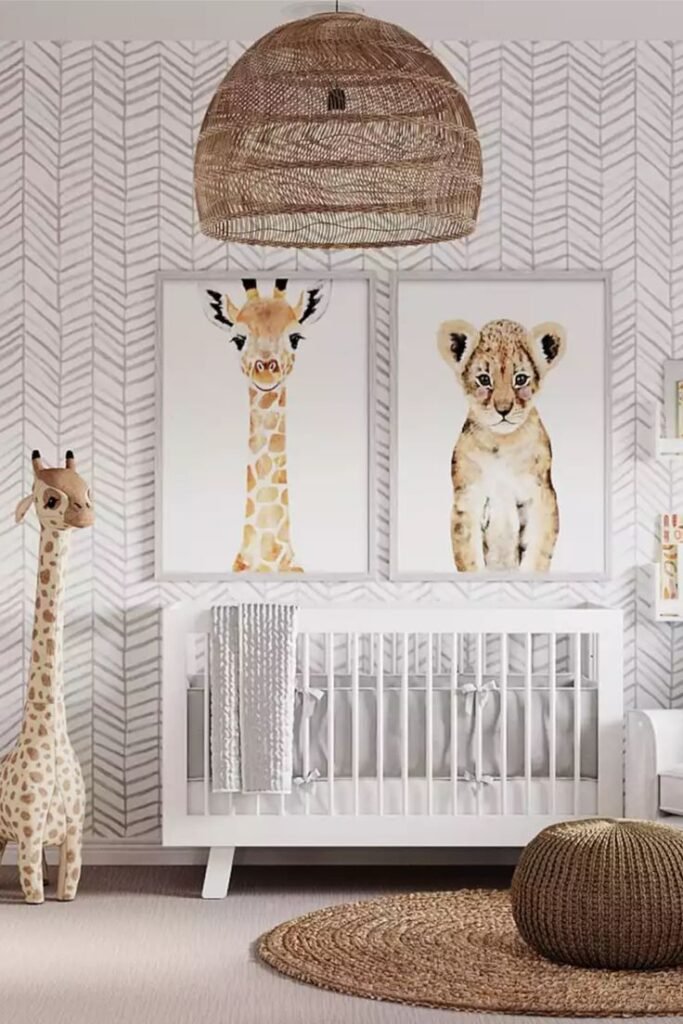As parents, we want the best for our little ones, and that includes ensuring they grow up with strong and healthy bones. Calcium is a crucial nutrient for bone development, and it plays a significant role in a baby’s growth and overall health. While milk is a well-known source of calcium, there are many other calcium-rich foods that can be incorporated into your baby’s diet.
Why Calcium is Essential for Babies
Calcium is not only a building block for strong bones, but it also plays a vital role in muscle function, nerve signaling, and blood clotting. For babies, calcium is even more critical as their bones are actively growing and developing. Here are some key reasons why calcium is essential for your baby:
1. Bone Development: Babies are born with soft and pliable bones that gradually harden and strengthen over time. Adequate calcium intake ensures that their bones develop properly and remain strong.
2. Teeth Health: Calcium is also crucial for dental health. It helps in the formation and maintenance of strong, healthy teeth.
3. Muscle and Nerve Function: Calcium plays a role in muscle contractions and helps in nerve transmission. This is important for the overall physical development and coordination of your baby.
4. Blood Clotting: Calcium is necessary for the clotting of blood, preventing excessive bleeding from minor injuries.
Calcium-Rich Foods for Babies
Now that we understand why calcium is essential for babies, let’s explore some calcium-rich foods that can be introduced into their diet. Variety is key to providing all the necessary nutrients, so consider incorporating the following foods:

a. Spinach
Spinach is a leafy green vegetable rich in calcium. It can be pureed or finely chopped and added to baby food. Spinach is also a great source of vitamins and minerals, making it a fantastic choice for overall health.
b. Kale
Kale, another leafy green, is packed with calcium and is an excellent addition to your baby’s diet. It’s versatile and can be added to purees, soups, or even baked into crispy kale chips for older babies.
c. Broccoli
Broccoli is not only a good source of calcium but also provides essential vitamins, including vitamin C, which aids in calcium absorption. Steam or boil broccoli until it’s soft enough for your baby to eat safely.
d. Almonds
Almonds are a rich source of calcium and healthy fats. For babies, almond butter or finely ground almonds can be added to various recipes. Make sure the almonds are finely ground to prevent choking hazards.
e. Chickpeas
Chickpeas are a legume that contains calcium and can be incorporated into your baby’s diet in the form of pureed hummus or added to soups and stews.
f. White Beans
White beans, like navy beans, are high in calcium and can be included in your baby’s diet in mashed or pureed forms. They’re also a good source of protein and fiber.
g. Chia Seeds
Chia seeds are rich in calcium, omega-3 fatty acids, and fiber. They can be mixed with yogurt or blended into smoothies for older babies who can handle their small, gel-like texture.
h. Yogurt
Yogurt is an excellent source of calcium and probiotics, which are beneficial for digestive health. Opt for plain, unsweetened yogurt to avoid added sugars.
i. Tofu
Tofu is a versatile plant-based source of calcium. It can be mashed, pureed, or added to various recipes. It’s also a good source of protein.
j. Oranges
Oranges are not high in calcium, but they are a good source of vitamin C, which aids in calcium absorption. Plus, the natural sweetness of oranges makes them a hit with most babies.
Preparing Calcium-Rich Foods for Babies
When introducing these calcium-rich foods to your baby, it’s essential to ensure their safety and appropriate preparation. Here are some tips to consider:
1. Age-Appropriate Texture: Ensure that the food’s texture matches your baby’s age and developmental stage. Puree or mash foods for younger babies, and gradually introduce more solid textures as they grow.
2. Allergies: Be aware of any family history of food allergies. Introduce new foods one at a time and watch for any allergic reactions, such as rashes, swelling, or breathing difficulties.
3. Portion Sizes: Pay attention to portion sizes. Babies have small tummies, so start with small amounts and increase as they show interest and acceptance of the new food.
4. Food Safety: Always practice good food safety. Wash all fruits and vegetables thoroughly, and ensure that dairy and animal-based products are pasteurized and stored properly.
5. Consult with a Pediatrician: Before making any significant changes to your baby’s diet, consult with your pediatrician to ensure you’re meeting their nutritional needs.
Calcium is a vital nutrient for your baby’s growth and development, particularly when it comes to building strong bones and teeth. By introducing a variety of calcium-rich foods into your baby’s diet and following appropriate safety guidelines, you can help ensure they get the nutrition they need for a healthy start in life. Remember that every baby is unique, so consult with your pediatrician for personalized guidance on your baby’s dietary needs. With the right
FAQs About Calcium-Rich Foods for Babies
Q1: When can I start introducing calcium-rich foods to my baby’s diet?
A1: You can start introducing calcium-rich foods to your baby’s diet as early as six months, in line with the introduction of solid foods. Always start with easy-to-digest, single-ingredient foods and gradually progress to more complex recipes.
Q2: Can I rely solely on breast milk or formula for my baby’s calcium needs?
A2: While breast milk and formula are excellent sources of nutrition, as your baby grows, they will require additional sources of calcium and other nutrients. Introducing solid foods is essential for their overall development.
Q3: Are there any calcium-rich foods that should be avoided for babies?
A3: Some dairy products, such as cow’s milk, should be avoided before one year of age due to potential allergens and digestive issues. Additionally, foods high in added sugar or salt should be limited in a baby’s diet.
Q4: How can I ensure my baby is getting enough calcium in their diet?
A4: A balanced diet that includes a variety of calcium-rich foods is key. Keep an eye on your baby’s intake and monitor their development. Consult with your pediatrician if you have concerns about their calcium intake.
Q5: Can I give my baby supplements for calcium?
A5: It’s generally best to meet your baby’s nutritional needs through a balanced diet. Supplements should only be used under the guidance of a healthcare professional.
Also Read
Start Your Day with These Top 5 Organic Breakfast Food Ideas

